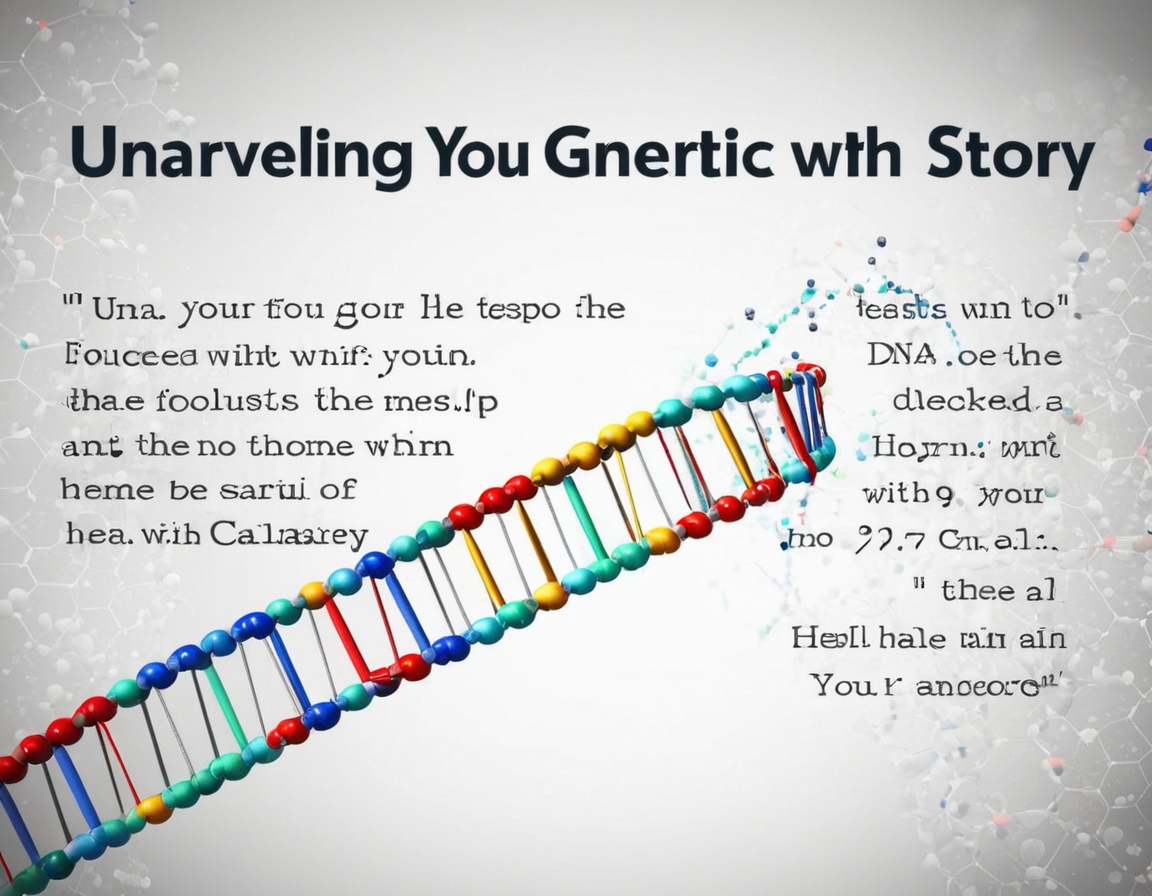: Unraveling Your Genetic Story: DNA Tests Decoded

Introduction: In recent years, advances in genetic testing technology have opened up new avenues for understanding our ancestry and health. However, deciphering the results of these tests can be a daunting task for many individuals. This comprehensive guide will demystify the process by explaining different types of DNA tests available and how to interpret their findings.
[SEO keywords: genetic testing, DNA test, ancestry, health, interpretation]
Types of DNA Tests: There are primarily three categories of DNA tests – Ancestry Tests, Health & Traits Tests, and Relative Finder Tests. Ancestry Tests analyze your genetic makeup to trace your ethnic origins, revealing geographical areas where your ancestors likely lived thousands of years ago. Health & Traits Tests provide insights into potential health risks or hereditary conditions based on specific genes analyzed. Finally, Relative Finder Tests identify biological relatives within the database of the testing company, helping people connect with long-lost family members or confirm uncertain familial ties.
[SEO keywords: ancestry test, health and traits test, relative finder test]
Interpreting Ancestry Test Results: The results from an ancestry DNA test typically display a detailed breakdown of your genetic composition, often represented as percentages for different geographical regions or populations. These results should be considered estimates rather than definitive conclusions since human migration patterns are complex and not always well-documented. Cross-referencing your findings with historical records or consulting with genealogists can help corroborate these results further.
[SEO keywords: ancestry test results, genetic composition, cross-reference] Learn more about Your
Interpreting Health & Traits Tests Results: Health and traits tests examine specific genes associated with particular health conditions or physical characteristics. These tests generally report whether you have inherited a variant of the gene that increases your risk for certain diseases or if you possess specific markers linked to certain traits like eye color, taste sensitivity, etc. It is essential to remember that these results are not definitive predictions but rather indications of potential risks or attributes.
[SEO keywords: health and traits test results, genetic variants, physical characteristics]
Interpreting Relative Finder Tests Results: When you receive the results from a relative finder DNA test, you’ll likely see a list of potential matches sorted by degrees of relationship (e.g., first-, second- or third-cousins). To confirm these relationships, it is crucial to compare family trees and other genetic data shared between individuals. Genealogy tools can be invaluable here as they often allow for direct comparison of tree information.
[SEO keywords: relative finder test results, potential matches, genealogy]
Learn more about Genetic
In Conclusion: As DNA testing continues to evolve, so does our understanding of its implications. While these tests offer fascinating insights into our genetic makeup and family history, it is crucial to interpret their findings responsibly. Consult with medical professionals for health-related information, and rely on experts in genealogy or genetics when verifying ancestral connections. Ultimately, DNA testing serves as a powerful tool that can enrich our knowledge of both ourselves and those connected by the threads of familial bonds.
[SEO keywords: conclusion, responsible interpretation, medical professionals]
For visually-minded readers, here is an image depicting different types of DNA tests for easy understanding [AI generated infographic]. Remember that while these images can enhance comprehension, they should not replace critical thinking and factual verification in interpreting your genetic story.

[SEO keywords: AI-generated infographic]
